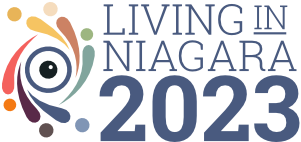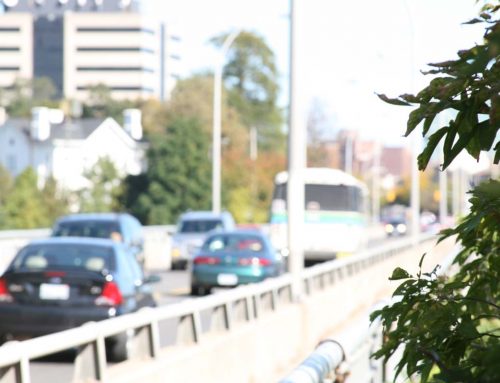According to the General Social Survey (GSS), only 2.8%, in 2008 of those in Niagara reported taking public transit to work (2.5% in 2006). Buses are used for work, school, recreation, health appointments and education purposes. Bus transit routes and services operate within each municipality. There are a total of 55 fixed routes and hundreds of buses in Niagara in 2011 (44 fixed routes existed in 2006).
Table 2.1 Information on transit systems in municipalities in Niagara – routes, fares, service area
| # of fixed Routes | Adult Cash Fare | Service Area km2 | Accessible transit service | |
| Fort Erie | 1 | $2.00 | 168 | Town ofFort Erie905-871-4655 |
| Welland/Port Colborne | 14 | $2.50 | 126.5 | Handi-Trans905-735-1700 |
| Niagara Falls | 14 | $3.50 | 80.9 | NiagaraChair-A-Van905-357-0122 |
| St. Catharines | 26 | $2.50 | unknown | Paratransit System905–685–9844 |
Emerging Activity: Scheduled for September 1, 2011 until April 27, 2012, all towns and cities in southern Niagara are providing public transit links to and from Niagara College and Brock University.
In Niagara, municipal buses have instituted some increased capacity for accessibility to handle seniors, the disabled and those who have special needs. Para-transit and Ontario Patient Transit (OPT) services are operational. The Cancer Society and the March of Dimes offer transportation for medical appointments.
Taxicabs are primarily provided by independent private operators in each city. These operators provide mobility around the region for recreational, tourist, medical, educational, laundry and shopping purposes. The cost of taxicabs is often prohibitive to those on a fixed income.
According to the Federal Canadian Municipalities Quality of Life Report there were 1,435,030 daily users of public transit inCanada (17.3% of all commuters)








